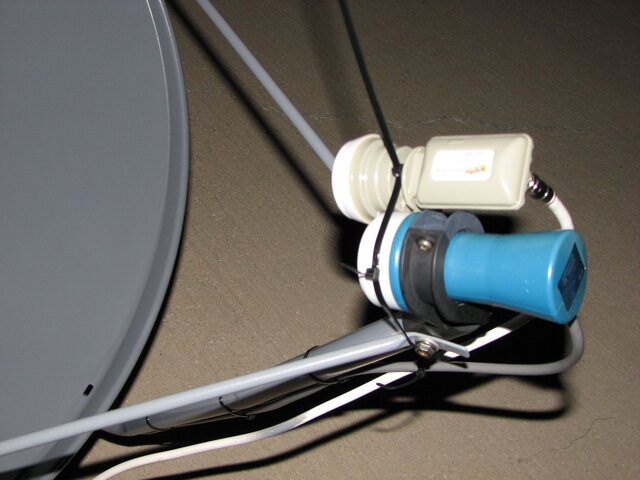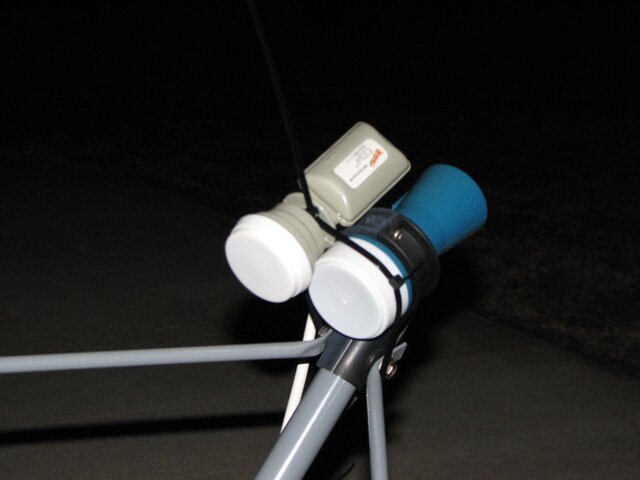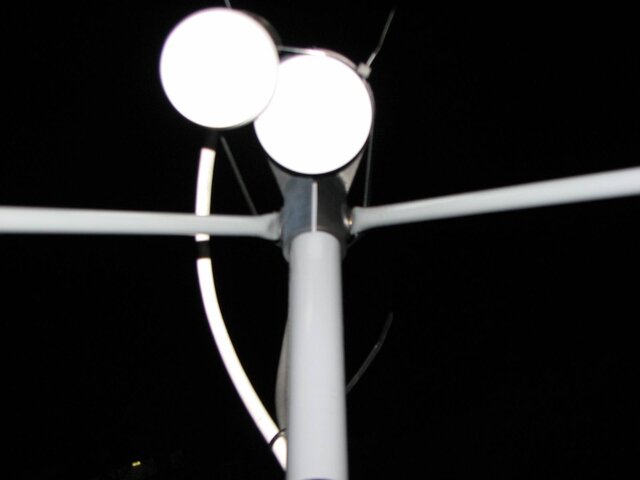Greetings to all members. How would I go about installing two LNBFs on a fixed dish to receive 97w and 99w programming?? I have no prior experience with multiple LNBFs on the same dish. My development path was, I went from a fixed Ku dish to a motorized Ku dish. Now, my dad lives in a condo, and he doesn't want his dish motorized after he heard the noise from my SG9120 going from 30w to 125w  He had enough hassles with the mgmt office to get them to approve the dish on his balcony, and afraid that the neighbors will complain about weird noises coming from his apartment after dark
He had enough hassles with the mgmt office to get them to approve the dish on his balcony, and afraid that the neighbors will complain about weird noises coming from his apartment after dark  the stations he's interested in are on those two sats, so I think he can receive them without the motor. All help will be appreciated, as always.
the stations he's interested in are on those two sats, so I think he can receive them without the motor. All help will be appreciated, as always.
Thanks,
Ben
Thanks,
Ben






